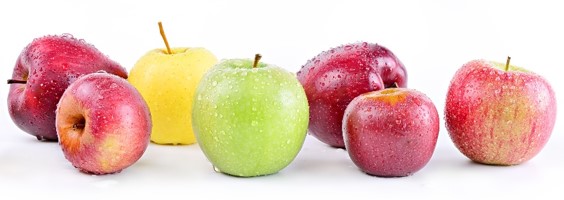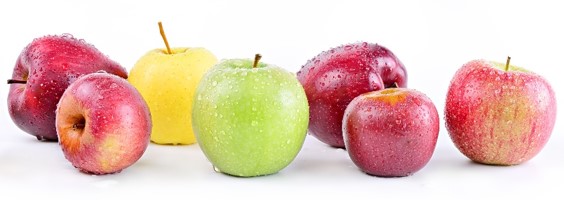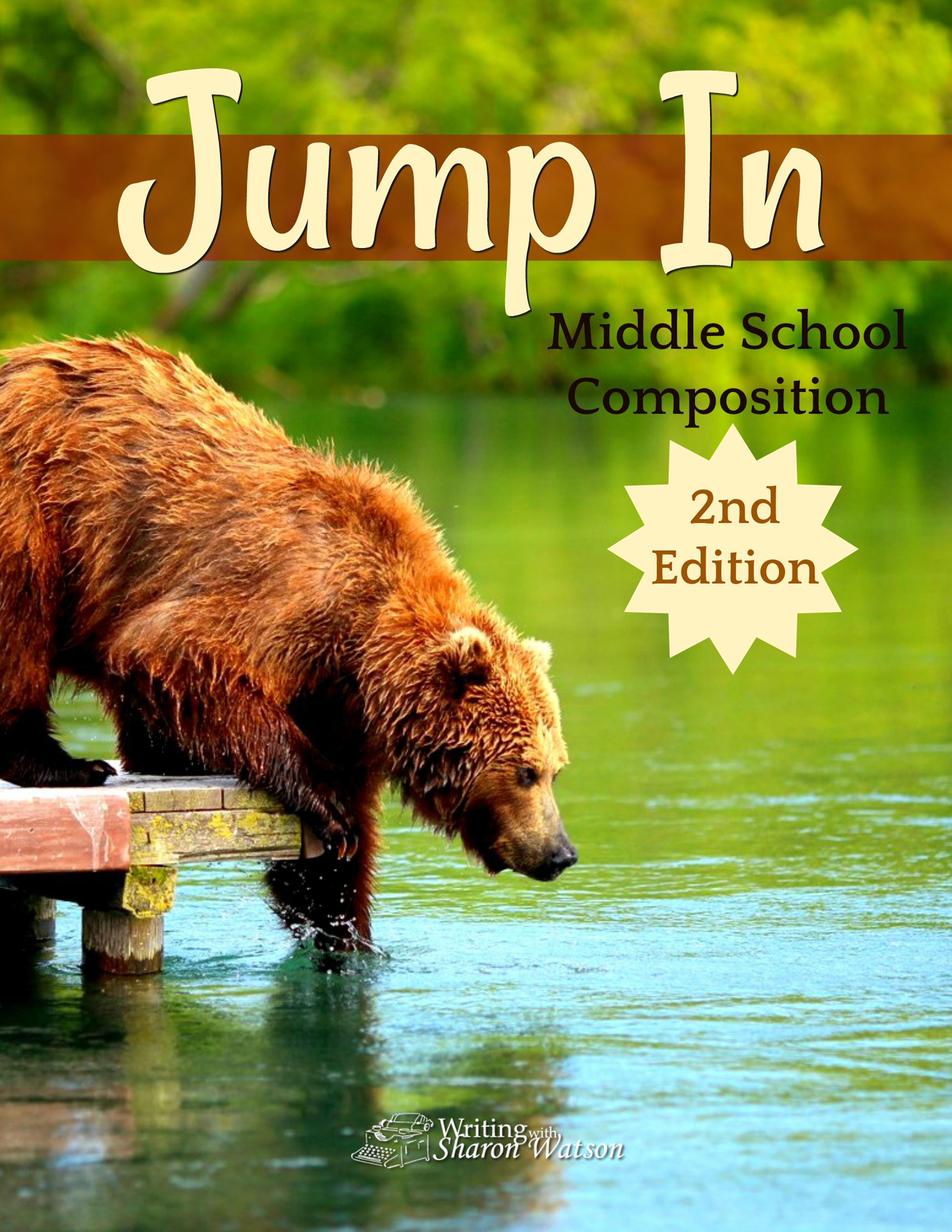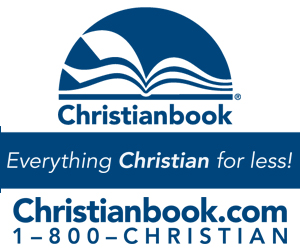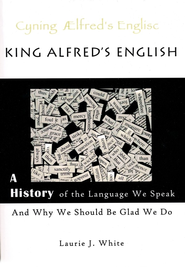Could your students use a little help creating outlines? And what does a bowl of salad have to do with outlines?
My husband tells me he always made his outlines after he’d seen what he had written. I imagine this is fairly common.
But is an outline necessary? Not exactly. You can read about my sticky-note method here.
What is important, though, is organizing the material, and that is where students have trouble. They do not want to take the time to organize their thoughts, ideas, or material before they write.
Personally, I benefit from even a casual outline. That way, I don’t have to start with the introduction and work my way down to the conclusion; I have the pleasure of beginning wherever I like, where I feel the most comfortable. Then I can fill in the rest of my article later by using the organized points in my informal outline.
Whether your students use sticky notes or a more formal outline, they’ll benefit from these familiar outline ideas.
 Grocery Store Outline
Grocery Store Outline
Download this free worksheet for your 5th – 12th grader.
Instead of practicing an outline with difficult material, your students will use something they are familiar with. Grocery stores are organized in an orderly way; this will make outlining one easy-peasy.
On the free worksheet, your students will fill in a sample outline based on how a grocery store is organized. The worksheet already has the levels of a formal outline such as I, A, 1, a, and so forth.
Your students may want to extend the outline to include more grocery store departments. If so, they’ll use their own paper.
If they are not ready for a formal outline, let them use the sticky-note method .
.
Restaurant Outline
Download this free worksheet for your 7th-12 grader.
Like the grocery store outline, your students will fill in a sample outline based on kinds of restaurants. The restaurants can be in your area, ones you’ve visited while traveling, or ones nationwide. If students need help thinking of types of restaurants, they can use the phone book or something like the Yellow Pages for ideas.
The worksheet already has the levels of a formal outline such as I, A, 1, a, and so forth. Your students may want to extend the outline to include more types of restaurants. If so, they’ll use their own paper.
If they are not ready for a formal outline, let them use the sticky-note method .
*****
Would you like more prompts? Find our Middle School Prompts here and our High School Prompts here. Writing prompts on my blog can be found here.
*****
Catch the whole series here
In Part 1 of Intro to Writing, students will practice down a topic. You can find that tutorial here. >>
In Part 2, they will brainstorm and organize. The middle school version is here. >>
The high school version is here. >>
Intro to Writing, Part 3 takes some of the pain out of outlines by using material your students are already very familiar with: restaurant categories and the way grocery stores are organized. Grab it and the free printables here. >>
Part 4 features a tutorial on writing effective paragraphs. In it you’ll find a chart, an example paragraph written from the chart, and an empty chart your students can use again and again for their own paragraph constructions. Find this dandy tutorial for middle school students here. And the tutorial for teens, with an endangered Porcupine Park, can be found here.
Part 5 is a tutorial on point orders, with a link to a video explaining point orders. You can get it here. >>
Part 6 teaches your students how to easily develop thesis statements (main ideas). >> Downloadable tutorial and exercises included.
Part 7 finishes off this series with free tutorials on introductions and conclusions. Separate tutorials for middle school and high school.
Yours for more vibrant writing experiences,






